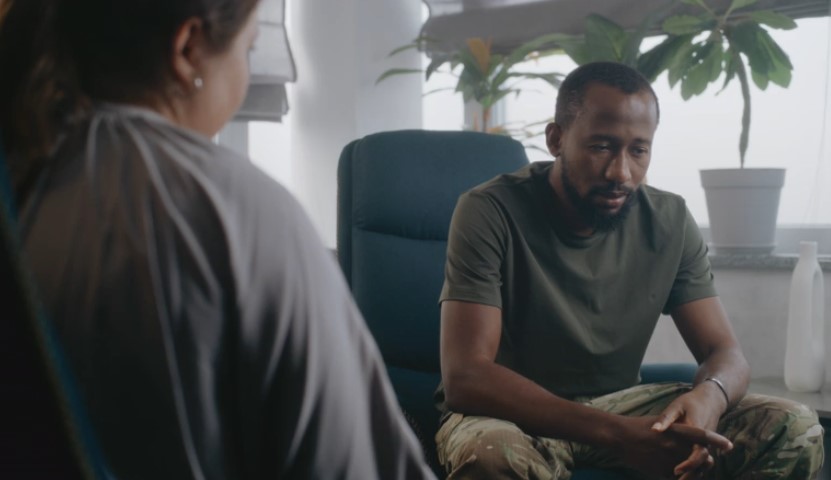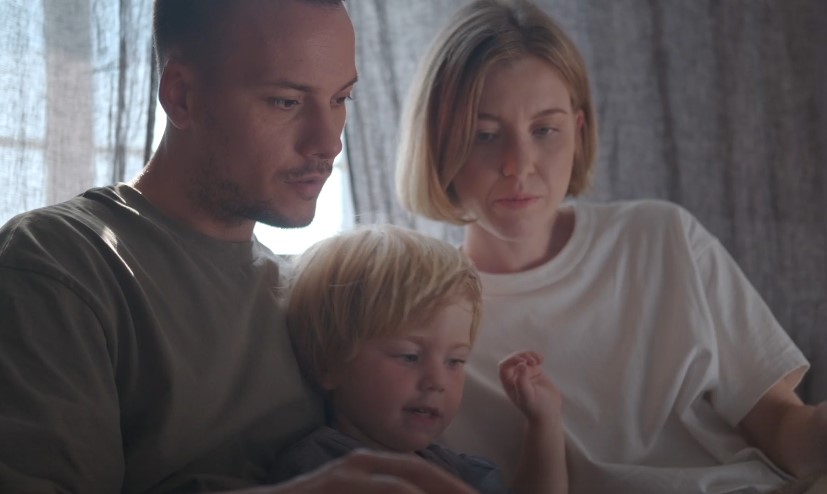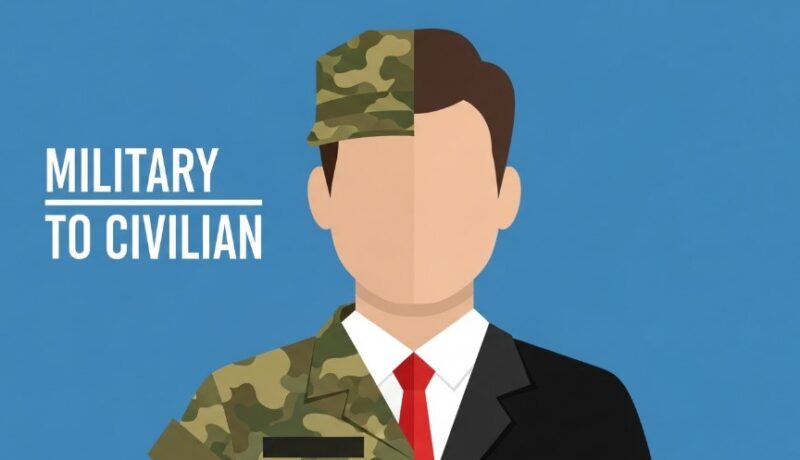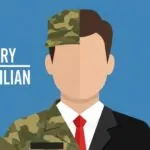Transitioning out of military life is rarely a simple step.
For many service members, the process involves rethinking nearly every aspect of daily living, including:
- Housing
- Employment
- Identity
- Emotional stability
Success in this shift depends on more than just finding a job or a place to stay; it requires a holistic plan that accounts for personal, social, and professional dimensions.
Their insights stress that veterans are resilient but still need structured and respectful support to thrive in civilian settings.
Housing: From Stability to Vulnerability

Securing housing after leaving the military often determines how smoothly reintegration unfolds.
A safe and reliable home provides a foundation for progress in other areas of life, such as employment and mental health.
Without housing stability, many veterans face challenges that create cycles of vulnerability.
The Role of Transitional and Permanent Housing
Transitional housing programs act as stepping stones that help veterans adapt to civilian expectations while receiving structured support.
NVHS provides short-term housing solutions that allow time to rebuild routines and regain independence.
Government-backed initiatives such as HUD-VASH combine rental assistance with case management, ensuring long-term security.
- Transitional housing: short-term support paired with guidance in life skills and employment readiness.
- Permanent housing: government vouchers and nonprofit solutions that give veterans long-term stability.
- Trusted financial institutions and veteran-friendly mortgage providers can also help veterans secure permanent housing with tailored loan options. Providers such as pbhomeloan.com.
- Wraparound services: counseling, healthcare access, and financial planning integrated with housing.
Both transitional and permanent options highlight the need to treat housing not as an isolated issue but as a central part of a sustainable transition plan.
Homelessness Risk Factors
Many veterans remain vulnerable to housing loss due to overlapping stressors.
Financial and health pressures often converge, making it difficult to maintain stable living conditions.
- Financial instability: limited savings, sudden job loss, or lack of emergency funds.
- Mental health barriers: PTSD, depression, or anxiety interfering with employment and
- Reintegration stress: difficulty navigating civilian systems, resulting in missed opportunities or benefits.
Preventive Strategies
Preventive approaches recognize risks early and reduce long-term instability.
Case managers help veterans address challenges before they escalate, while outreach programs ensure that those already displaced are not forgotten.
- Early intervention: proactive monitoring of at-risk veterans.
- Street outreach: connecting with those already homeless to provide immediate assistance.
- Tailored support systems: community-driven programs combining financial literacy, healthcare, and counseling.
Such strategies create sustainable solutions by treating the causes of housing instability, not only the symptoms.
Career Reintegration and Skills Translation
Employment provides both financial stability and personal fulfillment for veterans.
Transitioning into civilian careers, however, often involves unique obstacles that require dedicated support.
Successful reintegration into the workforce depends on overcoming barriers, redefining identity, and accessing the right tools.
Barriers to Employment
Skills gained in military service do not always translate directly into civilian terms.
Employers may not fully grasp the scope of military responsibilities, leading to undervaluing of experience.
Unconscious bias and stereotypes can further complicate job searches.
- Difficulty translating military roles into civilian qualifications.
- Limited awareness among employers of the adaptability veterans bring.
- Assumptions that veterans may struggle to adjust to civilian workplace culture.
Workplace Identity and Purpose
Life in the armed forces provides structure, routine, and recognition of rank. Losing those elements often creates feelings of disconnection.
Veterans may struggle with a sense of lost purpose or diminished self-worth.
Civilian careers that provide leadership roles, teamwork, or service-driven missions often help restore a sense of purpose.
Tools for Success
Targeted programs help bridge the gap between military and civilian employment. Access to structured resources reduces the stress of navigating the job market alone.
- Resume support: translating service duties into skills relevant to employers.
- Mock interviews and mentorship: providing confidence and real-world preparation.
- Educational benefits: GI Bill, vocational training, and certifications opening new fields.
- Employer networks: connecting veterans with businesses committed to hiring practices that reduce bias.
Mental Health and Emotional Resilience

Leaving the structured environment of the military often disrupts personal stability.
Emotional challenges surface during reintegration, sometimes intensifying over time.
Mental health resilience becomes a critical component of transition, ensuring that veterans are not only surviving but thriving in civilian life.
Common Psychological Challenges
Many veterans face conditions that make reintegration difficult. Psychological stressors create barriers to employment, housing, and relationships.
- PTSD causing hypervigilance and difficulty adjusting.
- Depression leading to isolation and reduced motivation.
- Anxiety manifesting as challenges in adapting to new environments.
- Substance abuse emerging as a coping mechanism for stress.
- Feelings of disconnection and reduced self-worth often intensify these challenges.
The Role of the Self in Transition
Redefining identity after military service becomes essential. Veterans must adjust to a civilian environment that operates by different social norms and expectations.
Reinterpreting values developed in service helps create a balanced identity that respects both past and present.
Patience, self-reflection, and gradual adaptation play important roles in this process.
Resilience-Building Approaches
Programs focusing on resilience help veterans rebuild emotional strength.
Peer-led initiatives allow veterans to share experiences in safe environments, while trauma-informed care ensures sensitivity to military-related experiences.
- Peer support groups encouraging shared healing.
- Mindfulness and emotional regulation practices creating stability.
- Structured goal-setting to provide focus and accomplishment.
- Access to NHS and veteran-specific services in the UK ensuring tailored mental health care.
- Combining these methods fosters long-term resilience while reducing isolation.
Reintegration into Family and Society

Returning to civilian life requires reintegration not only at an individual level but also within families and communities.
Shifts in household dynamics and the search for social belonging create both challenges and opportunities for veterans.
Family Reintegration
Family relationships often require adjustment after years of separation or changed roles.
Veterans may encounter unfamiliar household patterns, while spouses and children must adapt to a new presence in the home.
- Role shifts in parenting and household responsibilities.
- Communication barriers leading to conflict.
- Stress related to differing expectations of family life.
Community Belonging
A sense of belonging plays an important role in reducing isolation.
Veterans often struggle when civilians cannot relate to their experiences.
Peer networks and veteran groups create opportunities for connection while reducing stigma.
- Peer networks offering mutual respect and friendship.
- Social activities organized by veteran organizations.
- Local groups using sports, volunteering, or cultural events to strengthen community ties.
Such initiatives provide meaningful opportunities for veterans to remain engaged and supported in civilian society.
Creating a Stable and Sustainable Future
Sustainability in civilian life depends on more than short-term adjustments.
Long-term stability requires financial planning, renewed identity, and access to comprehensive systems of support.
Financial Planning and Stability
Managing finances effectively helps veterans avoid instability.
Education in financial literacy ensures long-term decision-making is informed and sustainable.
- Budgeting workshops teaching practical money management.
- Emergency assistance programs prevent housing loss or debt spirals.
- Long-term savings and investment planning for financial security.
Developing a New Sense of Self and Purpose
Civilian life offers opportunities to create new goals while respecting military identity.
Education, purposeful work, and community service become channels for fulfillment.
Veterans who pursue fields connected to leadership or public service often experience strong personal satisfaction.
Holistic Transition Plans
Integrated approaches recognize that housing, careers, health, and social connections must work together.
Governmental programs provide structural support, while nonprofit organizations offer flexible, personalized guidance.
The most effective transition plans are those that adapt to individual needs, ensuring that veterans at every stage have access to tools and support.
The Bottom Line
Military transition is not a single moment but a continuous process requiring patience and persistence.
Veterans hold the resilience and skills necessary to succeed, but need systems tailored to their specific challenges.
Communities, families, and institutions all share responsibility in building structures of support.
With cooperation, veterans can move forward into stable, purposeful, and rewarding civilian lives.







